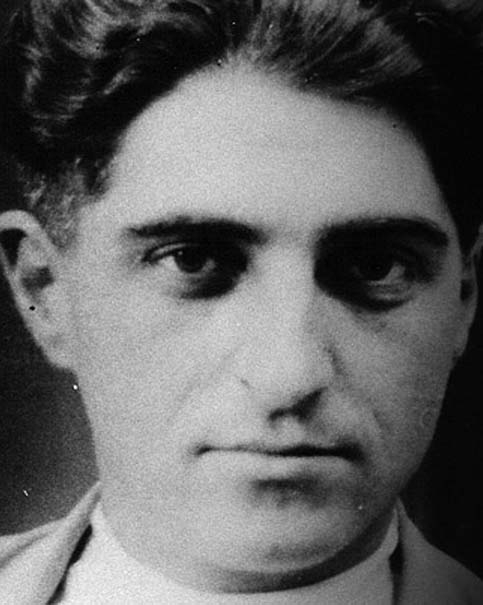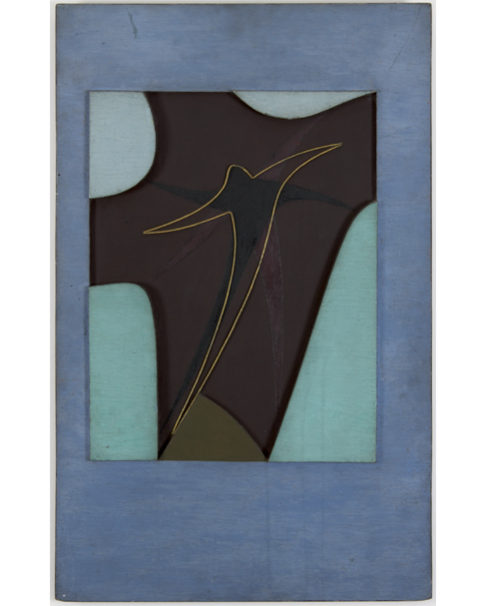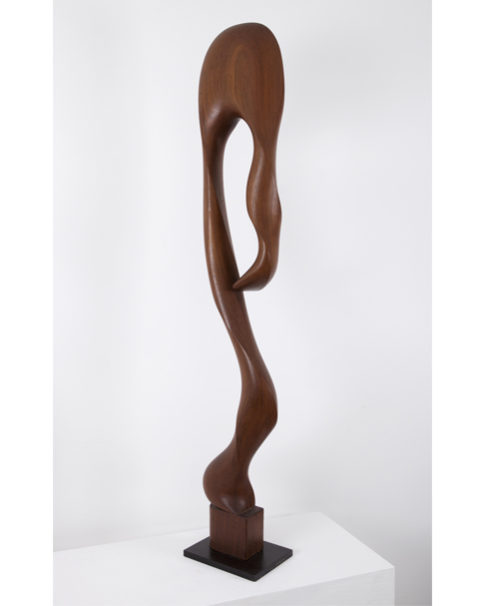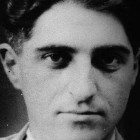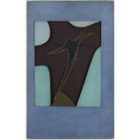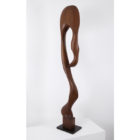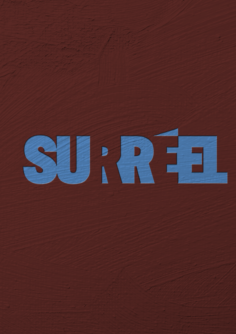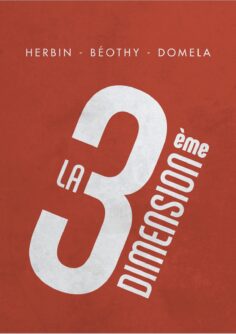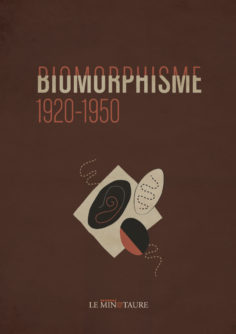Born on September 2, 1897 in Heves, Hungary. He passed his baccalaureate at 18 in 1915. He was mobilized and went to war. He was wounded in the head in 1916, followed by a long convalescence. Demobilized in 1918, he enrolled at the Higher School of Architecture in Budapest. His research led in 1919 to the design of the Golden Series. In 1920, he left the School of Architecture and enrolled at the School of Fine Arts to study sculpture. He stayed there until 1924. He won a competition that earned him a travel scholarship. He left for Vienna, Munich, Nuremberg, Strasbourg and stopped in Paris for a long stay. He also visited Chartres, traveled to London, and to Italy in Genoa, Florence, Rome, Naples and Venice. At the end of 1925 he returned to Paris and settled there. He exhibited at the Salon des Indépendants, the Salon d’Automne and the Salon des Tuileries. First solo exhibitions in 1928 at the Galerie Le Sacre du Printemps and in 1929 at the Galerie ZAK.
He participated in an exhibition entitled “Production Paris 1930” at the Galerie Wolfsberg in Zurich. In 1931 he exhibited twice at the Galerie Bonaparte. He met Léonce Rosenberg in 1931 and exhibited in his gallery, where he became the official sculptor until 1939. Founding member and then vice-president of the “Abstraction-Création” group from 1932 to 1936, he held a solo exhibition under the aegis of this group in 1934. In 1938 he organized the first Franco-Hungarian abstract art exhibition in Budapest. There he gave a lecture on “The Problem of Creation”. In 1939, Chanth published this text and the same year he published his book on La Série D’Or. In 1941 he participated in the organization of the first exhibition entitled “Les Réalités Nouvelles” at the Galerie Charpentier. In 1946 he became a founding member of the Salon of the same name, then took the position of vice-president.
In 1945, he participated at René Drouin’s in the exhibition La Sculpture Française depuis Rodin organized after the book by Nicole Verdes and Gischia. In 1946, he managed to have UNESCO invite the group of Hungarian artists from the Resistance in Paris to the international exhibition of Modern Art. In 1947, a special exhibition at Denise Rene’s. In 1948, a retrospective exhibition of his work at MAEGHT. He was invited by the U.A.M. (Union of Modern Architects) and became a member of the committee of this organization. The Museum of Modern Art of the City of Paris acquired a sculpture Rythme Plastique. In 1949, he was invited by the Galerie Blanche in Stockholm, and participated in an event in Innsbruck entitled Musique & art plastique. He was invited by the city of Antwerp for an exhibition in 1950 and 1955. In 1951, he wrote the first issue of Formes et Vie with Fernand Leger and LE Corbusier.
He founded the Espace group with Del Marle and Bloc. He was invited by Yale University for an exhibition entitled Art Sacre Moderne. In 1952 and 1953, he was commissioned by the architect Guy Lagneau to give courses at the École des Beaux-Arts to architecture students on the subject of Colors and Proportions. In 1953, he exhibited in Brussels. In 1954, he collaborated with architects in search of a synthesis of the three Arts in the field of Useful Forms. He participated in the reconstruction of Le Havre. In 1955, he entered into a deep disagreement with the very influential Galerie Mæght which ensured the promotion of his work, closing the doors of Parisian galleries to him. He then participated in many international exhibitions in Europe as well as in the USA.
He worked on a theory on colors and drew many paper sketches of paintings, in order to prepare a book that he would never finish. He began to travel in Europe again, his camera slung over his shoulder. He died in Montrouge (where he had lived since 1927) in November 1961 at the age of 64, leaving behind him a strong and original sculpted work of 151 numbered pieces in the form of opus, numerous drawings, paintings and gouaches.
